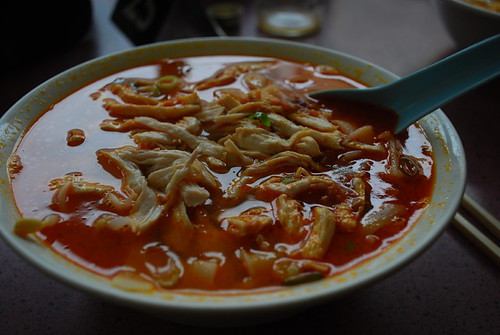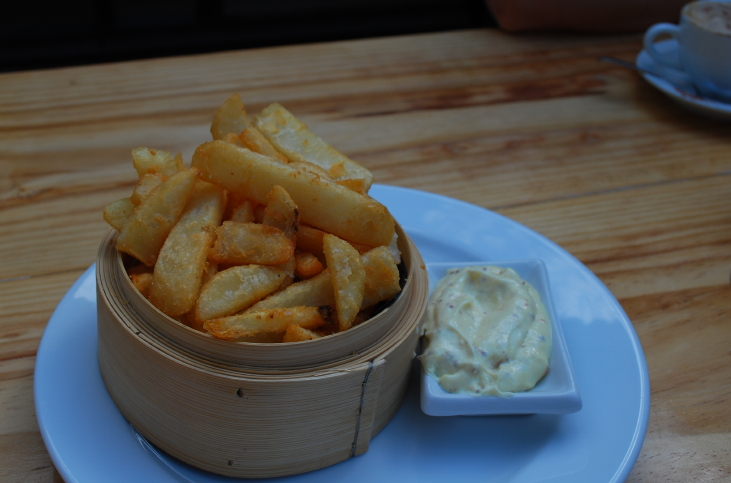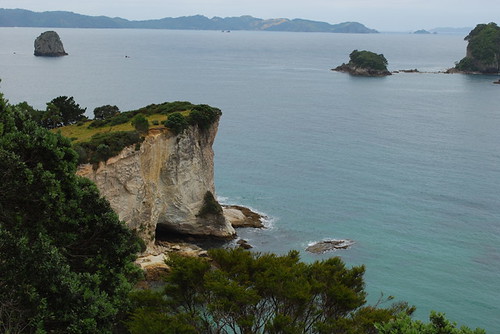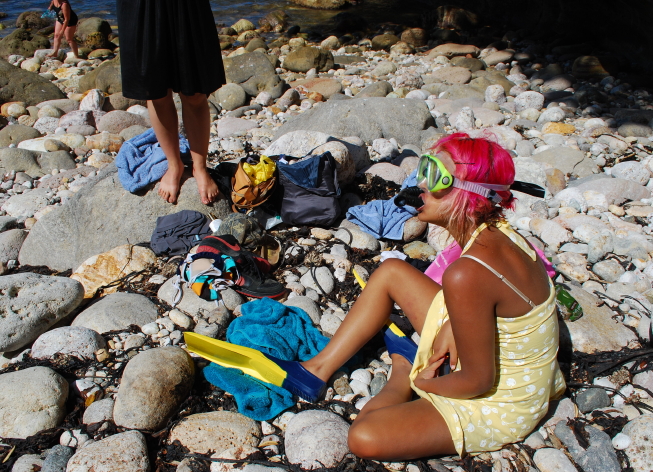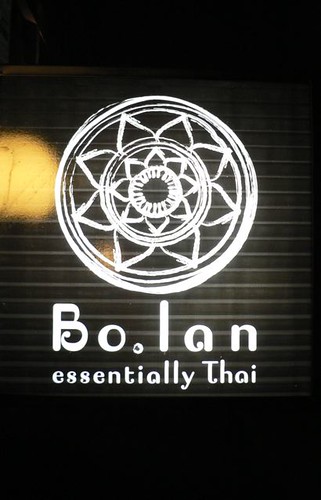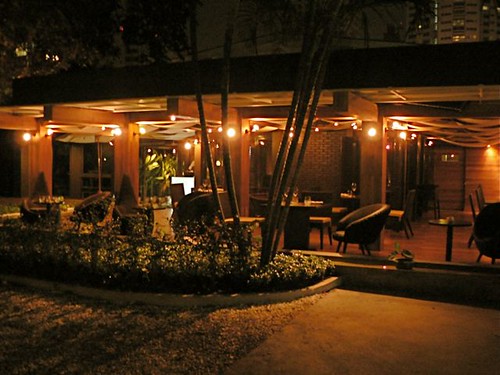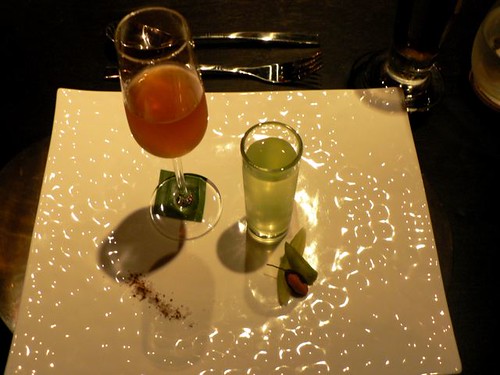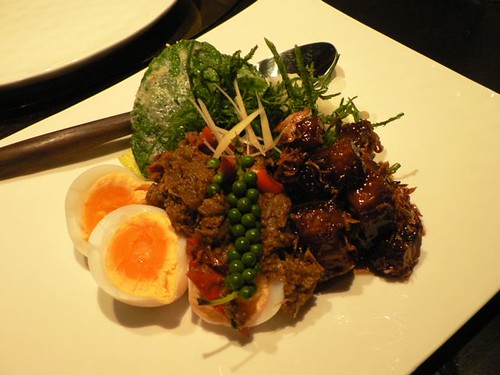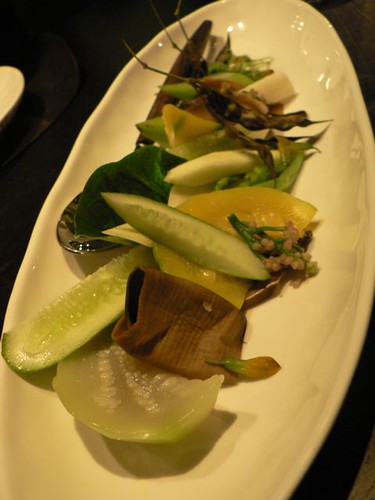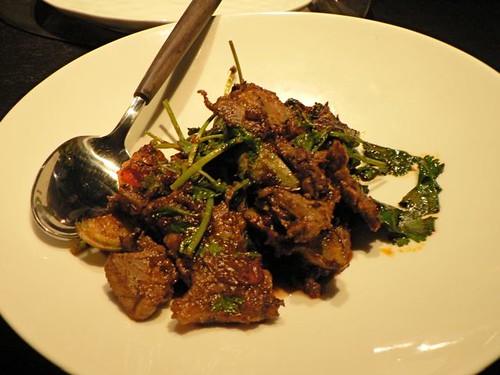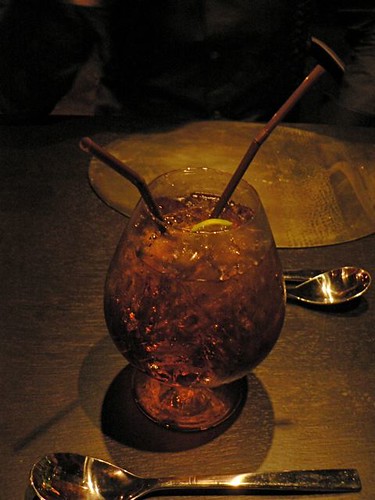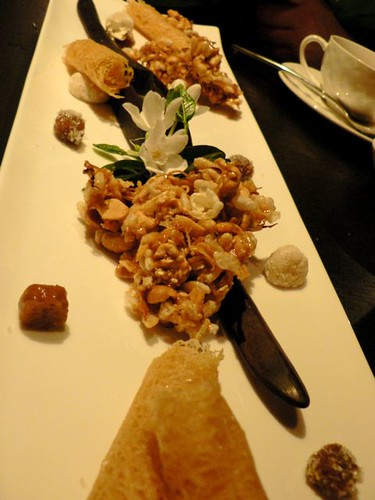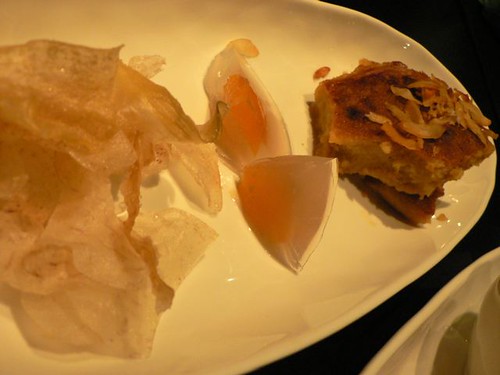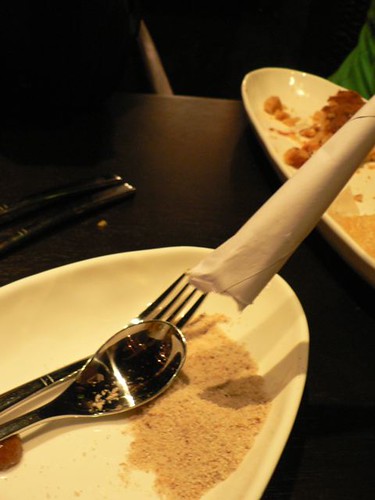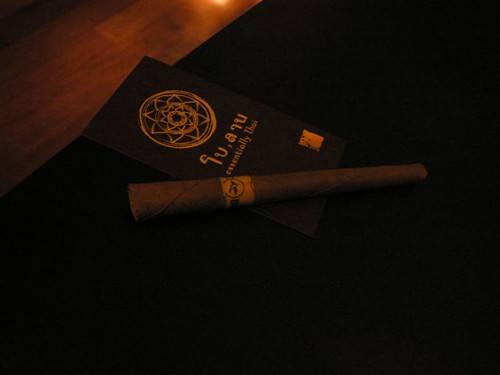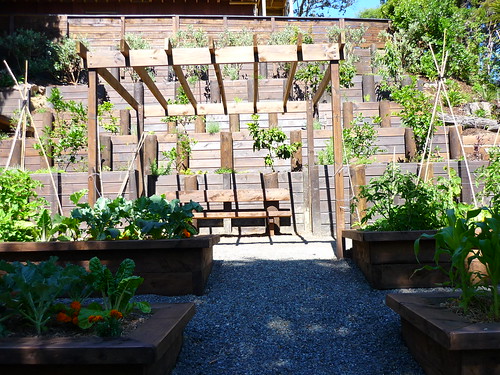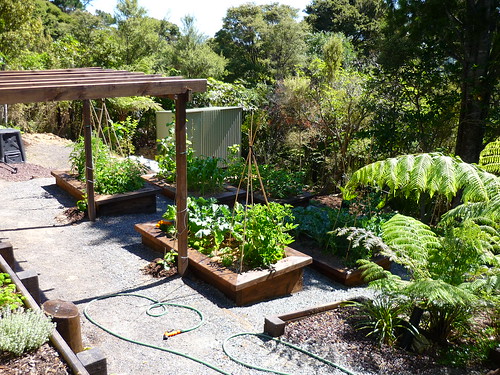Sweet Food Nothings
Thursday 26 February 2009 by kinakoJam
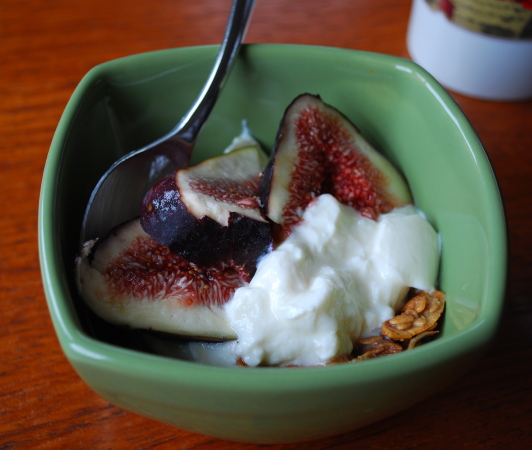
A toasted muesli by any other name would smell as sweet...
In New Zealand and Australia, I became convinced that food down there is suffering a P.R. problem. The problem is that the P.R. department is on overdrive.
At some point in the '80s, it became hip to talk about food poetically, and the more foreign the description, the more artisanal the approach implied, the more moolah people became prepared to pay.
Somehow, good food became a status symbol in the new world, and fine foods emporiums sprang up selling passable sour dough bread for eight dollars a loaf, and bags of gnocchi imported all the way from Italy for 14 whole dollars.
When did gluggy lumps of potato begin to triple in value when prefixed with the adjective 'Italian'? Is nobody in the southern hemisphere able to make a decent batch of gnocchi?
This is not just a question of food snobbery. The absurd part is when people pay top dollar for something that's not even close to wonderful. Antipodeans need to say no to false advertising.
Stopping through Sydney a couple of weeks ago, I became a bit depressed at how rarely foods lived up to their descriptions. Browsing in a nice-looking deli-style store, we bought wild honey spice muesli, roasted carrot and tomato soup, sour dough loaf baked in the Californian tradition, and yoghurt with bush honey.
Yum, right? That's what we hoped, but in the end only the yoghurt could be described as delicious. The rest would have been more honestly described as toasted oats with cinnamon, a pretty average loaf of bread that was still better than any of the other bread we ate down under, and soup that could've come from a supermarket. A bit watery. Hardly any discernible carrot flavour.
Guess those descriptions wouldn't have looked so good on the label.
In NZ the situation can be just as semantically obfuscated.
We had lunch at a restaurant somewhere near the Kapiti coast. The menu talked about crusted this and reduction of that. I was a bit disappointed when my roasted potato turned out to be an oily hash brown.
Studies at the University of Illinois last year showed that when food is described in evocative terms, people are more apt to find it delicious
, but surely this ruse can only be taken so far?
It's not like you can't get delicious prepared food down under. There's much more on offer than the lovely fresh figs, jewel-sized plums and batonga pineapples, don't get me wrong - but the wordsmiths need to chill out a little.
People shouldn't pay through the nose when a spade is not called a spade, but instead called an 18th century wrought-iron jersey potato forager.
